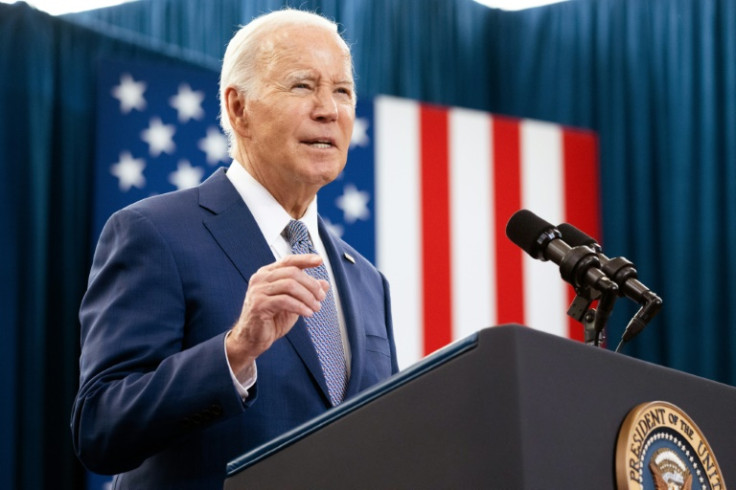It has been a little more than five years since most of the world began locking down in an attempt to slow the spread of Covid-19 and reduce the burden on health systems.
The lockdowns had a mixed impact on the alternative investment industry. On the positive side, the heightened market volatility and low-interest rate environment of 2020 and 2021 drove institutional investors to seek out higher-yielding, less correlated assets, boosting demand for alternatives such as private equity, hedge funds, and infrastructure. However, on the negative side, lockdown-related disruptions significantly hampered deal-making and due diligence, particularly in private markets where face-to-face interaction and on-site visits were critical.
And the longevity and mortality markets, by their very nature, were significantly impacted by Covid-19. Markets such as life settlements and pension risk transfer, that carry exposure to an older cohort of individuals which were those most impacted by the disease, scrambled to try and understand the short and long-term implications of the pandemic on their businesses.
Those still trying to understand any potential future impact are conducting an exercise in futility, according to S. Jay Olshansky, Co-Founder and Chief Scientist at Lapetus.
“There are so many variables that influenced – and still influence – the actual impact of Covid. The presence of the disease led to a series of changes in the administration of public health that led to an elevated chance of death, like people not being able to get into a hospital because they were inundated with Covid patients. Cancer maintenance or detection, for example, was delayed, leading to higher mortality from causes of death not related to Covid – treatment delayed by three months could have led to a death that otherwise might have been avoidable,” he said.
“That essentially created two sets of conditions – direct and indirect. And we can’t measure accurately the direct deaths because we can’t trust the data due to the way that Covid was required to be coded on the death certificate. Even though someone might have died of something unrelated, they had Covid-19 on the death certificate in some cases, which would mean an overestimation of Covid mortality. But on the other hand, some deaths in nursing homes early on were likely caused by Covid, but they were never measured or identified, which would mean an underestimation of Covid mortality. Both of these examples show the difficulty in estimating the impact,” he said.
A generally accepted approximation of the overall impact of Covid-19 is found in excess deaths. In the US, excess deaths in early January 2021 reached a significantly higher 46.6% of the expected, with a similar level observed in January 2022 (41.1%).
The UK has given up trying to model Covid specifically and is now focusing on excess deaths. In March 2024, the Office for Health Improvement and Disparities published a new version of its mortality report, which “will not measure the impact of the Covid-19 pandemic on mortality, but will instead measure the level of excess mortality given that the pandemic has occurred.”
This is as good a measure as is available, according to Olshansky, but he adds that this is not necessarily helpful to those trying to understand the impact in future.
“The number of deaths that occur is actually very predictable on a month-to-month basis based on population size. We have a pretty good idea of the total number of deaths each month, so looking at excess mortality is the only statistic I trust when trying to measure the impact of Covid,” he said.
“But that doesn’t mean that this helps going forward. I can’t predict it because I can’t measure it because I can’t trust the data. We can’t say that someone who has Covid or had Covid will live longer or shorter. It’s like telling me that they have had influenza. Join the club – almost everyone has had Covid. It’s background noise now. We don’t adjust LEs based on a covid diagnosis.”
While excess mortality was indeed high between 2020 and 2023, it has now largely levelled off. Excess deaths in the USA hit 0.0% in September 2023; in England, excess deaths have been negative in each month since July 2023.
So, why are we still talking about Covid-19? And what is the takeaway for the longevity and mortality markets?
“Everyone’s still talking about it because it’s still fresh in our memory, relatively speaking. It was such a trauma – for the rest of our lives people will talk about it as if it just happened because it impacted many generations. So, we’re not going to stop talking about it,” said Olshansky.
“And it’s obviously still here. Could Covid evolve in a negative direction tomorrow? Sure. Could it move in a positive one? Sure. But you can’t make mortality assumptions based on that.”
Popular News




Current News
Manufacturing

Collaboratively administrate empowered markets via plug-and-play networks. Dynamically procrastinate B2C users after installed base benefits. Dramatically visualize customer directed convergence without
Collaboratively administrate empowered markets via plug-and-play networks. Dynamically procrastinate B2C users after installed base benefits. Dramatically visualize customer directed convergence without revolutionary ROI.





About Us
Tech Photos
























